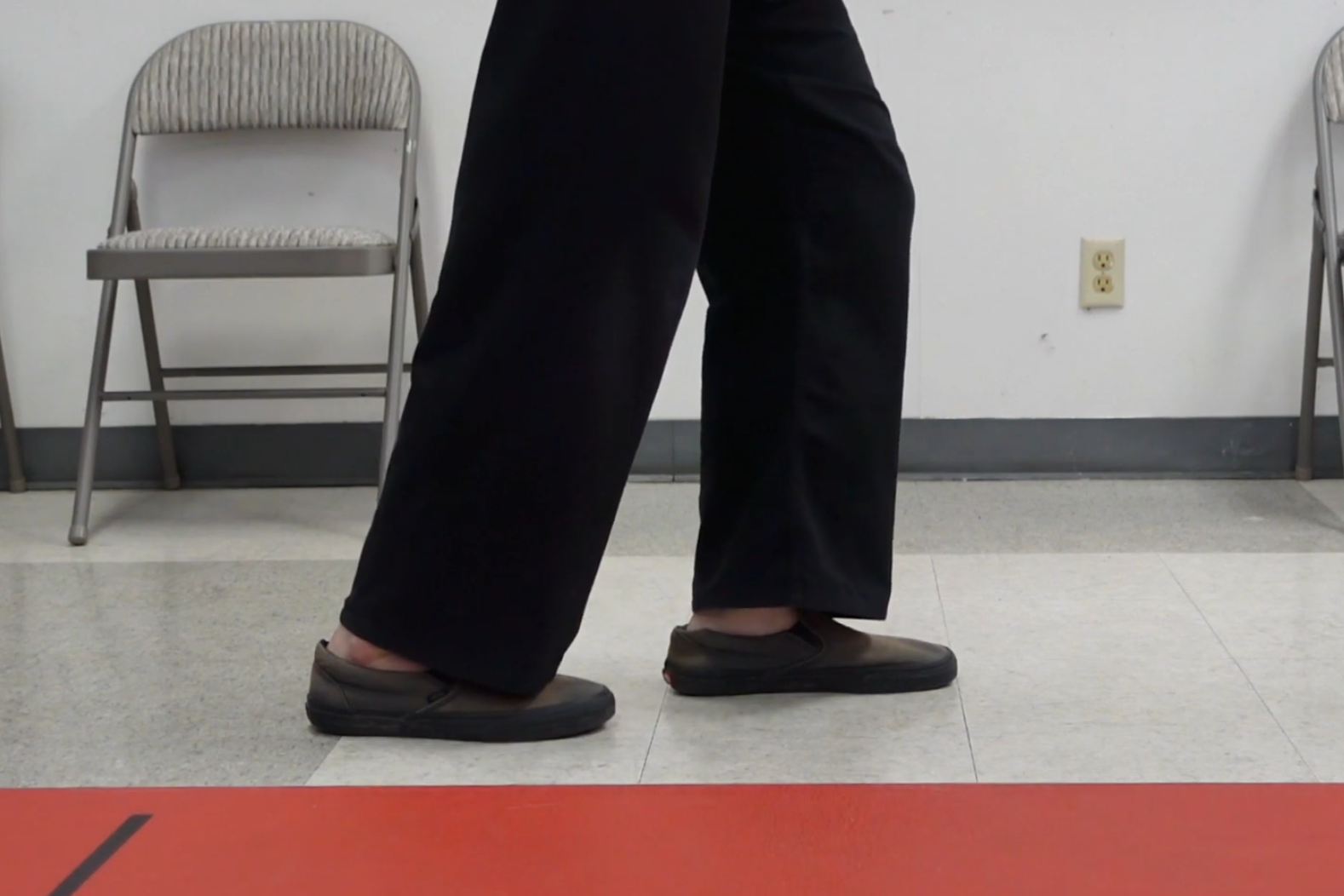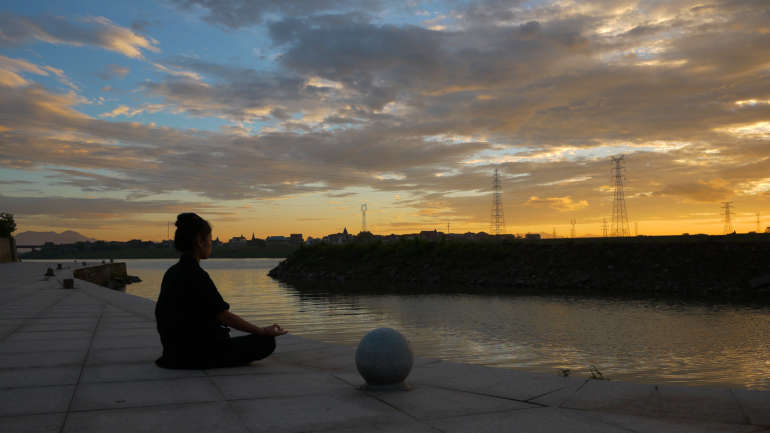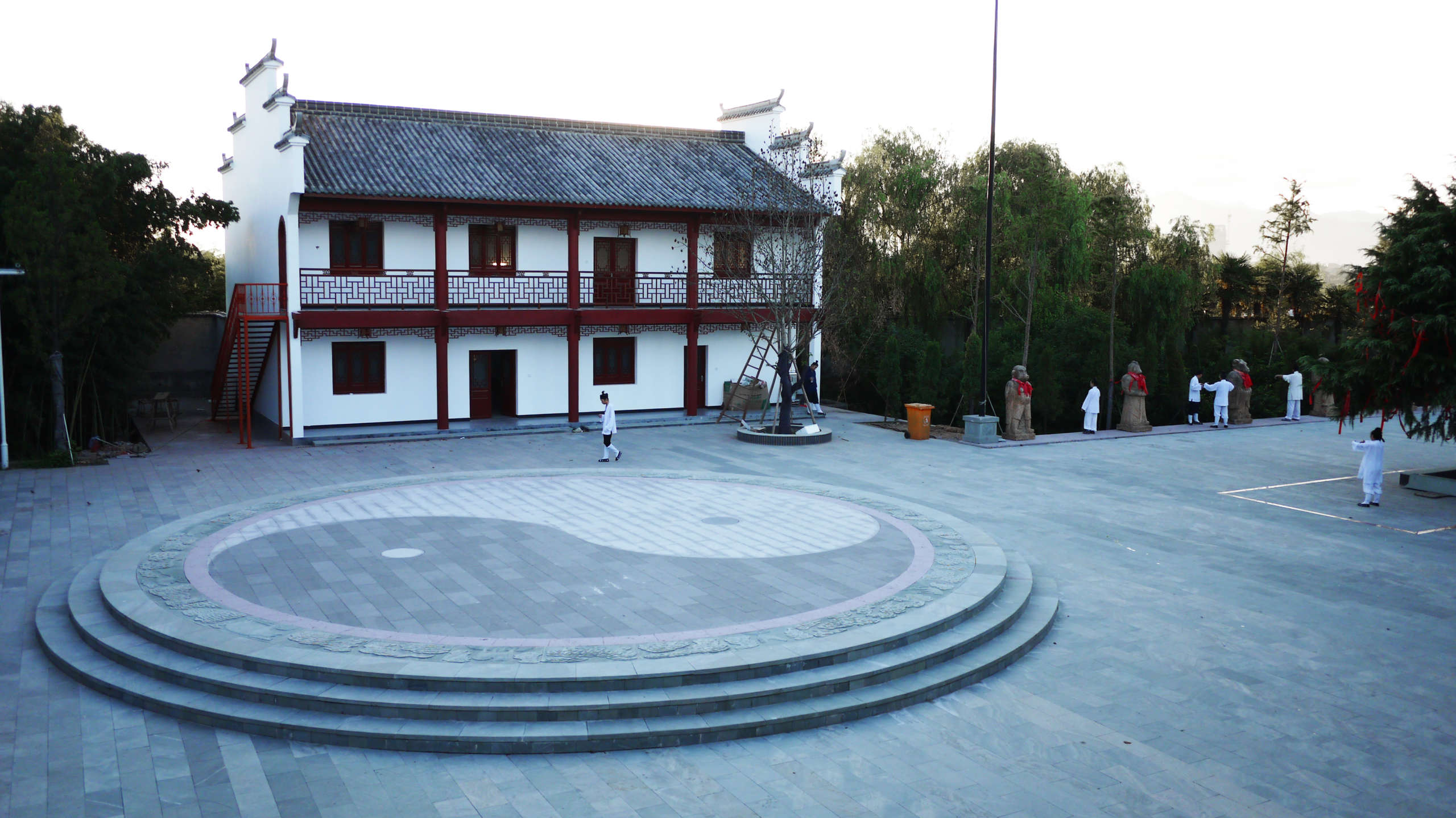Out of our 4-step progression to Bagua Circle Walking, this is some explanation on our progression #2 the small step (this is a literal translation of 小步 xiao bu), and 3 common mistakes people make. Different schools and lineages have slight variations on this, but directionally they all point to the same concepts. We breakdown our stepping into a 5-step process:
- Deng 蹬: Push Off
- Mo 磨: Brush
- Ti 踢: Kick
- Tan 探: Test
- Cai 踩: Step down
We want our feet to be like a boat floating on a river. Or a desk shelf being pushed in. Straight and smooth.
You want to spend 10-20 minutes here for 2-4 weeks. Try to video yourself before and after. If you can’t commit 10-20 minutes everyday, then go find another hobby. If after 2-4 weeks, you can’t see an OBVIOUS difference… Then… Either find a better teacher, or practice with more intent and focus, or… Go find another hobby.
As promised, here are 3 common mistakes!
Mistake #1: Heel is up when you take a step
If someone standing behind you can see the bottom of your feet, then you’re doing it wrong.
I have students put their phone against the wall behind them and record. Just look at it. If you can see the bottom of your feet, then it’s not good enough. Work on it.
In case it’s not obvious, here I’ll highlight it in red:
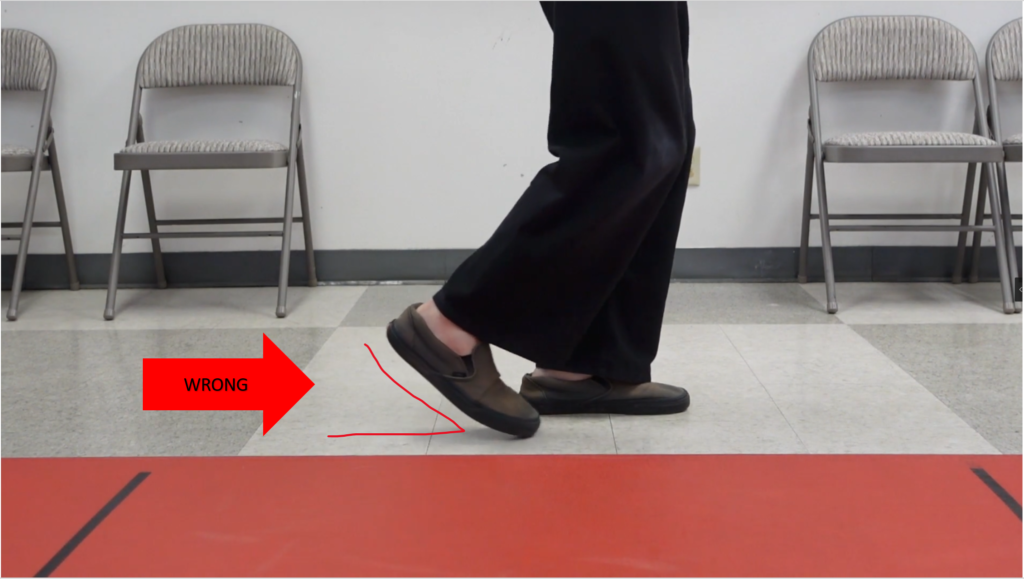
There are many practitioners (go look on youtube) with their heel up to 90 degrees OR MORE. That’s just crazy.
Mistake #2: Toes are pointing up when you take a step
This happens because you over corrected for mistake #1. To keep your heel down, you need to really engage the muscles around your ankle to keep the heel down. However, if you hold your feet the same angle as you move your feet forward, your toe will point up.
The trick is, as your feet is travelling forward, your ankle is constantly making adjustments, pointing your toes slightly lower.
To monitor yourself, put your phone against the wall in front of you. Or walk towards a mirror. If you can see the bottom of your feet, you’re doing it wrong. Work on it.
Here’s a short video demonstrating toes pointing up:
Here with a big red arrow again to point it out:
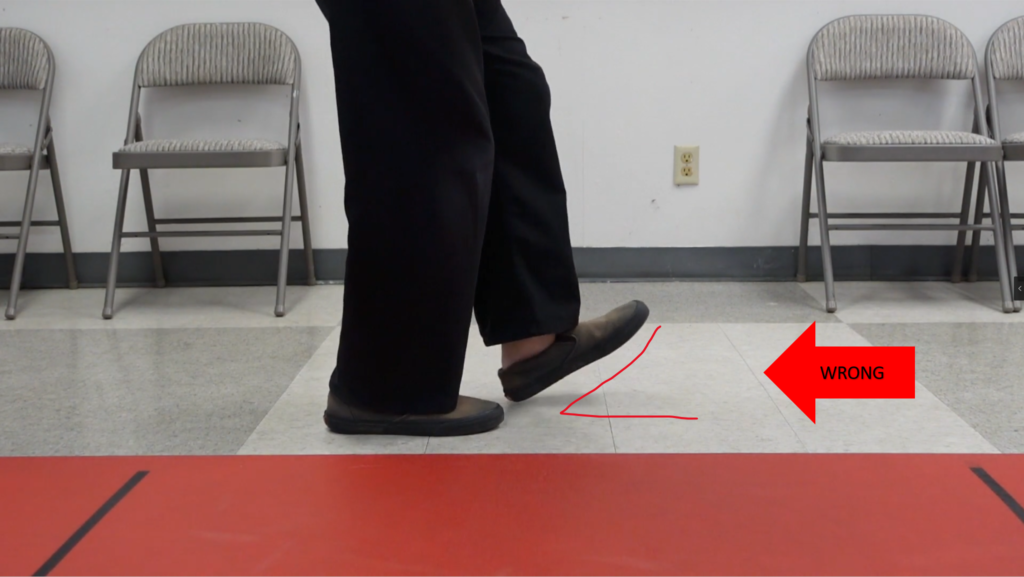
For beginners, it’s common to see both Mistake #1 and Mistake #2 being made together. That’s normal. We all went through this frustrating experience.
Mistake #3: Rhythm is not smoothed out, your stepping is clunky
Most beginners have “pauses” when they start their small step training. This is normal.
My Shifu used to joke about this every time there was a new beginner, “Oh no! You don’t even know how to walk anymore! You self-destruct your kungfu!!”
We don’t have pauses when we walk normally, so naturally that is what we aim for in Bagua stepping as well. The two places I most commonly observe students pausing their step is:
#1 When the two feet brush together
Don’t know why this is the case. A lot of Xingyi practitioners also have this problem when they do Full-Step drills (drilling fist form, cannon fist form), they break momentum. Shifu suspects it is because, instead of completing a move, and then talking… They now talk while they move.
This causes the longer momentum movements to be broken up while the instructor explains the move. And without explanation of momentum, students just imitate the instructor and copy that pausing / breaking the momentum rhythm in their imitation.
#2 When the front feet lands
This is probably natural as a beginner. Once you put your feet down, you are thinking, “What were the 5 sequences again? Uhm… Oh… Deng! Have to push off again!”
So just do it until you don’t have to think about it anymore.
Here’s a video example of pauses I commonly see. I don’t know how to draw a red arrow to pauses, so no picture highlights for this one:
Finally, here’s an example to do it less wrong:
The heel and toe issue is a life long journey. Everybody will have a slight angle to their stepping. The point is, to what extent are you offending this guiding principle? And is your kungfu (skill) improving over time?
Feel free to hit me up with any questions. Peace outside!
